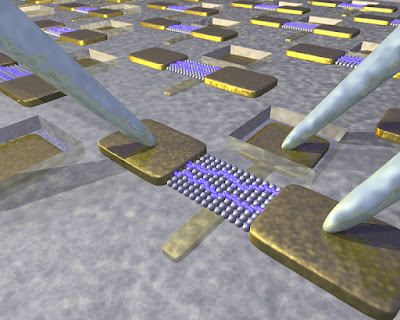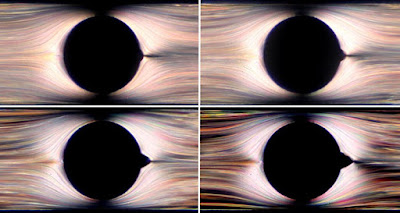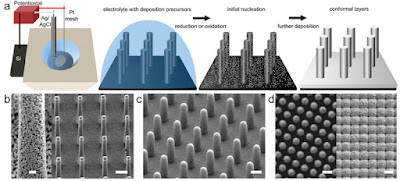 |
| Image Source: PHOTO ILLUSTRATION BY ELIZABETH BROCKWAY/THE DAILY BEAST |
Topics: Existentialism, Politics, Science, Research
"The trouble with the world is that the stupid are cocksure and the intelligent are full of doubt." Bertrand Russell
I've had similar posts as well as off line conversations about this theme. The unexpected caveat from the "Information Superhighway" has been the rise of know-nothings that feel search engines are a part of human DNA; that become *experts* on any subject with a few inquiries and clicks. It has extended quite contemporaneously to members of the clergy: some work in pulpits without a license to preach, ordination or degree from a divinity school. They just look and sound good, thus *anointed*, not credentialed. From the article excerpt:
These are dangerous times. Never have so many people had so much access to so much knowledge and yet have been so resistant to learning anything. In the United States and other developed nations, otherwise intelligent people denigrate intellectual achievement and reject the advice of experts. Not only do increasing numbers of lay people lack basic knowledge, they reject fundamental rules of evidence and refuse to learn how to make a logical argument. In doing so, they risk throwing away centuries of accumulated knowledge and undermining the practices and habits that allow us to develop new knowledge. This is more than a natural skepticism toward experts. I fear we are witnessing the death of the ideal of expertise itself, a Google-fueled, Wikipedia-based, blog-sodden collapse of any division between professionals and laypeople, students and teachers, knowers and wonderers—in other words, between those of any achievement in an area and those with none at all.
I sincerely hope to not be a part of the "blog-sodden" or contributing to the morass. I used the term Information Superhighway - as the Internet was once publicly coined - deliberately, as the concern was there would be a divide between the "haves" (those who could afford $2,500 to plop down on a home desktop computer) and the 'have-nots," i.e. the urban poor demarcated by economics, ethnicity and cultural differences.
Enter the cellular telephone, first initially called a "brick" as it was heavy, clunky and analog as in Michael Douglas in "Wall Street." The conversion from analog to digital, the merger of phone and autonomous pager (obviously, the work of the devil); the miniaturization of transistors following Moore's Law increasing speeds and features to share cat, dog, owl and most recently cute baby elephants chasing birds on phones dubbed "smart", their owners another matter.
This has so far given us an interesting social makeup of a society that thoroughly depends on science and technology*, and disdains the people most equipped to bring about new systems and designs. The intellectual student is still a "nerd," noses are still shoved into lockers (or, students stuffed in them), bullying of them is still ignored; cheerleaders and jocks worshiped as the in-crowd cool gods from Mt. Olympus.
We tweet our versions of reality (45 is particularly deft at this), we join social media groups that conform to our already dug in notions. Google driver-less cars will likely lead to more distracted humans and stupid pet videos shared before they disembark.
The causalities of such an accidental dystopia are rationality, reality, science and ultimately what in an Orwellian era of "alternate facts" seems malleable and dangerously fungible: truth.
Social changes only in the past half century finally broke down old barriers of race, class, and sex not only between Americans in general but also between uneducated citizens and elite experts in particular. A wider circle of debate meant more knowledge but more social friction. Universal education, the greater empowerment of women and minorities, the growth of a middle class, and increased social mobility all threw a minority of experts and the majority of citizens into direct contact, after nearly two centuries in which they rarely had to interact with each other.
And yet the result has not been a greater respect for knowledge, but the growth of an irrational conviction among Americans that everyone is as smart as everyone else. This is the opposite of education, which should aim to make people, no matter how smart or accomplished they are, learners for the rest of their lives. Rather, we now live in a society where the acquisition of even a little learning is the endpoint, rather than the beginning, of education. And this is a dangerous thing.
* "We live in a society exquisitely dependent on science and technology, in which hardly anyone knows anything about science and technology." Carl Sagan
America's Cult of Ignorance (excerpt), by Tom Nichols on The Daily Beast, author of The Death of Expertise: The Campaign Against Established Knowledge and Why It Matters.







